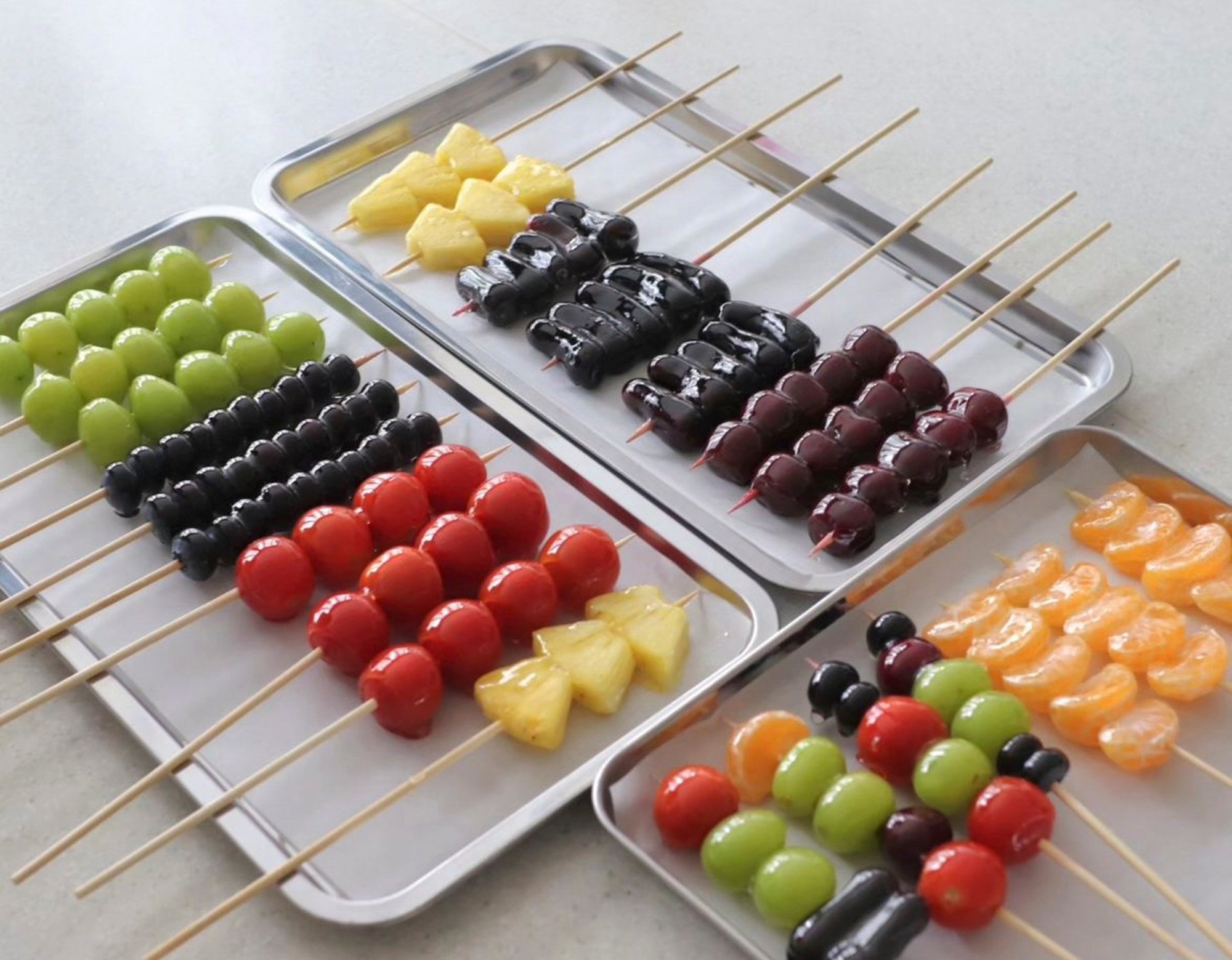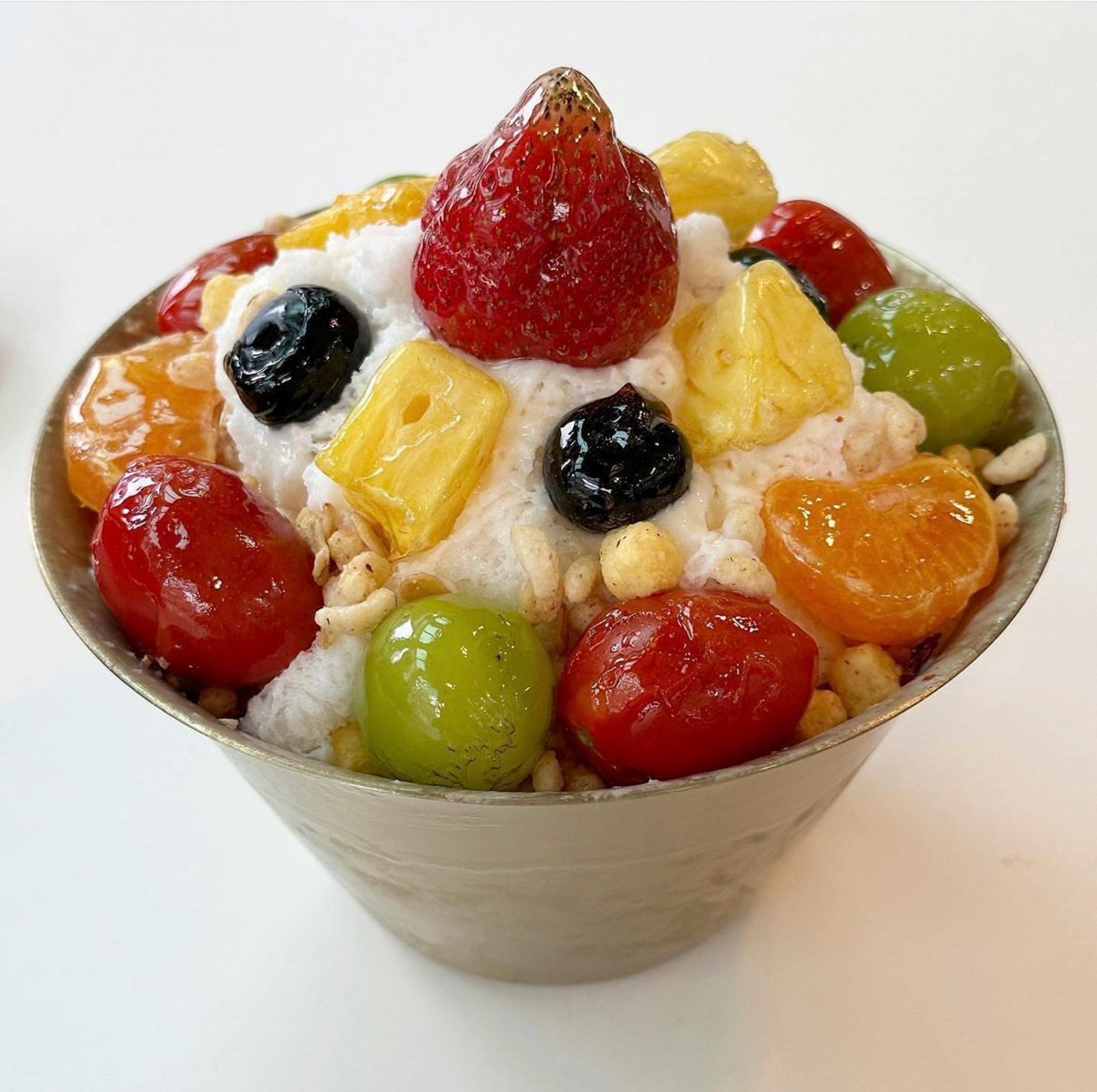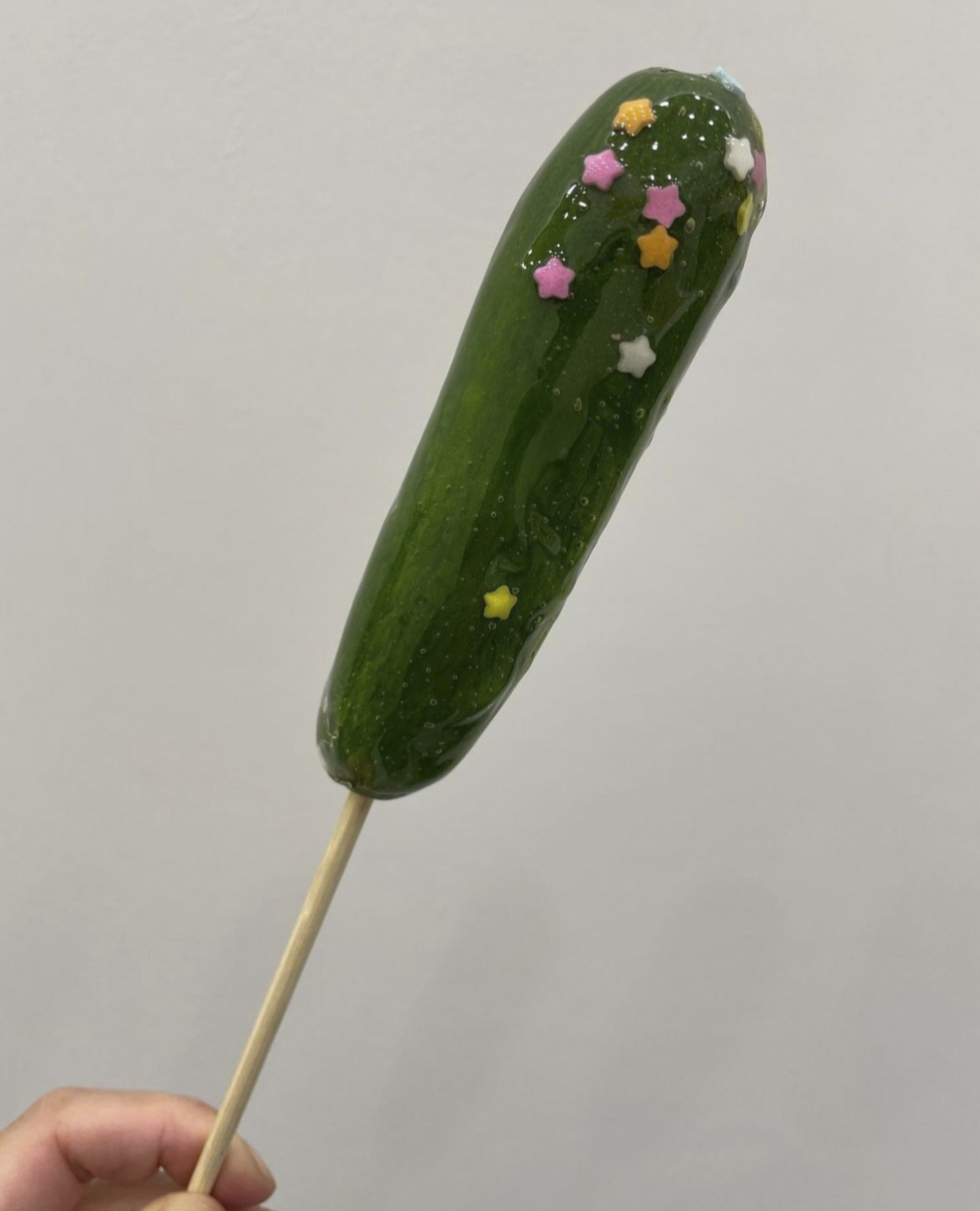
Blackpink’s Jennie is a fan: Chinese candied fruit treat ‘tanghulu’ sets South Korea’s social media ablaze, but will the fad last?
- Chinese candied fruit has broken out of Chinatowns to become a hit across South Korea, and K-pop stars including Blackpink’s Jennie have posted videos about it
- With shops selling it multiplying, we ask experts why it has suddenly become trendy, recall its roots in ancient China, and ask how long the craze will last
For 12-year-old Choi Jun-hee, tanghulu, a Chinese candied fruit snack, is her latest guilty pleasure. “They’re sweet and colourful. The crackling sound with each bite makes it more enjoyable,” she says.
Like Choi, many South Korean millennials and members of Gen Z are obsessed with tanghulu, which consists of fruit coated with sugar syrup that sets into a hard, crisp shell.
The number of stores operated by Dalkom Wang Ga Tanghulu, South Korea’s biggest tanghulu chain, grew from around 50 in February to over 300 in August. And more than 90 per cent of the tanghulu-related trademarks in existence – 168 out of 185 – were registered in 2023, according to Korea Intellectual Property Rights Information Service.

The sweet treat originated in China during the Song dynasty (960-1279), when Emperor Guangzong’s favourite concubine fell ill and a doctor suggested she eat hawthorn berries fried in brown sugar every day for a fortnight.
When the concubine miraculously recovered, the candied fruit gained popularity across the country. Tanghulu later became a popular street-food snack in China.

Tanghulu’s recent surge in popularity can be attributed to multiple factors, including the social media trend among Korean millennials of posting ASMR videos featuring the treat being consumed, and sharing tanghulu recipes.
“Tanghulu enjoys its explosive popularity because it caters to Korea’s obsession with pretty food. These candied fruits have a glassy texture and look like marble.
“Because they’re so visually appealing, many like to post them on social media,” says Lee Eun-hee, a consumer science professor at Inha University.
The recipe for tanghulu is simple. It only requires your fruit of choice, water and sugar. However, the tricky part is making the sugar coating, which requires heating granulated sugar until it melts and caramelises. This involves careful stirring and making sure not to burn the sugar in the process.

“It’s natural for teenagers to seek out new experiences. It’s quite similar to young people’s obsession with travel,” says Lee Young-ae, a consumer science professor at Incheon National University.
“Tanghulu is affordable and exotic. Many find joy in transforming tanghulu into Korean style to make it more Insta-worthy.”
Traditionally, tanghulu was a way to make normally tart hawthorn berries sweet, but now the dessert is made with all kinds of fruit. In Korea, tanghulu shops offer a wide range of fruit choices, including strawberries, tangerines, pineapple, melon, and grapes.
New ways of enjoying tanghulu have been introduced by speciality shops, which have come up with versions made with cucumber, rice cakes, macarons, yakgwa (a type of deep-fried chewy Korean snack made with wheat flour, honey, and ginger) and bingsu (a Korean milk-based shaved ice dessert).
Amid the dessert craze, health experts warn that consuming too much tanghulu, which is high in sugar, can lead to obesity and other diseases.

The hard sugar coating also has the potential to damage teeth. “Biting on a hard candy shell can fracture your tooth and high sugar intake can cause tooth cavities,” says Hwang Woo-jin, a prosthodontics specialist at Incheon Sejong Hospital.
Excessive waste is another major problem. A common complaint has arisen regarding dirty streets near tanghulu shops as people carelessly dump the wooden skewers and paper cups that are used to serve the sweet treat.
A growing number of restaurants, cafes and shops have declared their businesses “no tanghulu zones”, banning visitors from carrying around tanghulu.
“Whenever I buy my kids tanghulu, I’m shocked by the amount of waste it generates,” writes one mother on Momsholic, an online platform with more than 3.2 million users. “People just throw away their wooden skewers on the road and the melted sugar syrup causes sticky streets. People should feel responsible about the waste they create.”
Experts predict the current boom will not last long. They point towards the shifting of young people’s food obsessions in Korea, as was seen in such short-lived fads as 2013-2014’s honeycomb ice cream trend and 2016-2017’s Taiwanese custard trend.
“Although tanghulu looks appealing, it doesn’t have an entirely new taste. So it can be substituted with another sweet delicacy. If another exotic and delicious dessert catches young people’s attention, tanghulu is likely to fade away quickly,” Lee Young-ae says.

